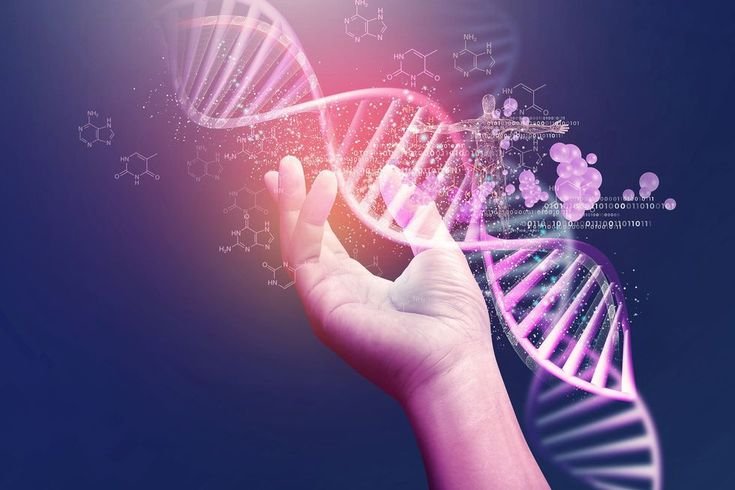
New Delhi | June 15: Dwarfism is an issue that needs to be talked about but is often overlooked in our society. Instead of judging or making fun of them, it’s high time, we should move towards creating more awareness about it.
Is Dwarfism a Disease?
No, dwarfism itself is not a disease. Dwarfism is a medical or genetic condition characterized by a significantly shorter stature than average. While the term often evokes imagery of fairy-tale characters, the reality involves complex genetic and hormonal factors with significant medical and social considerations. It is typically caused by genetic factors, and individuals with dwarfism may have a range of medical conditions associated with their shorter stature. Common types of dwarfism include achondroplasia, primordial dwarfism, and spondyloepiphyseal dysplasia, among others.
While dwarfism is not a disease, individuals with dwarfism may face certain medical challenges and complications associated with their condition. These can include orthopaedic issues, such as joint problems or spinal curvature, as well as potential health concerns related to the specific type of dwarfism they have.
It’s essential to recognize that dwarfism is a natural variation in human height and is not a condition that requires a “cure.” Many individuals with dwarfism lead healthy, fulfilling lives, and societal understanding and acceptance are crucial to supporting their well-being. The focus should be on providing appropriate medical care and addressing any associated health issues rather than considering dwarfism itself as a disease.
Genetics of Dwarfism
The foundation of dwarfism lies in our genes, the instructions that shape our growth and development. Dwarfism is primarily linked to genetic mutations (sudden and permanent changes in gene) that affect the growth and development of bones. There are various genetic variations associated with dwarfism, including mutations in genes such as FGFR3, COL1A1, and SHOX. Achondroplasia, the most common form of short-limbed dwarfism, is primarily caused by mutations in the FGFR3 gene, affecting the conversion of cartilage to bone. Dwarfism can also be inherited in different ways, such as autosomal dominant, autosomal recessive, or as a result of spontaneous mutations.
Hormonal Influence on Growth
Hormones play a pivotal role in regulating growth, and disruptions in the hormonal balance can contribute to dwarfism. For example, growth hormone deficiency hampers the body’s ability to produce sufficient growth hormone, affecting overall height. This condition can be present at birth or develop later in life, and its causes can range from genetic factors to damage to the pituitary gland. Thyroid hormones also influence growth, and conditions like hypothyroidism can lead to short stature if not adequately managed. Investigating the hormonal aspects of dwarfism allows for targeted interventions, such as hormone replacement therapy, which can help individuals achieve more typical height ranges.
Treatments and Interventions
While there is currently no cure for dwarfism, advancements in medical science offer potential treatments to address specific aspects of the condition. Growth hormone therapy is one such intervention that has shown promise in increasing height in individuals with growth hormone deficiency. This treatment involves regular injections of synthetic growth hormone, promoting skeletal growth and development.
Orthopaedic surgeries may be recommended to address skeletal abnormalities associated with certain forms of dwarfism. For example, limb-lengthening surgeries aim to increase the length of the limbs, enhancing overall stature. These procedures, however, come with their own set of challenges and considerations.
Psychosocial Considerations
Understanding the science behind dwarfism is not only crucial for medical advancements but also for fostering a more inclusive and compassionate society. Individuals with dwarfism may face unique challenges, including social stigma and misconceptions. Educating the public about the scientific underpinnings of dwarfism helps dispel myths and promotes a more empathetic perspective.
| ReplyForwardAdd reaction |

























